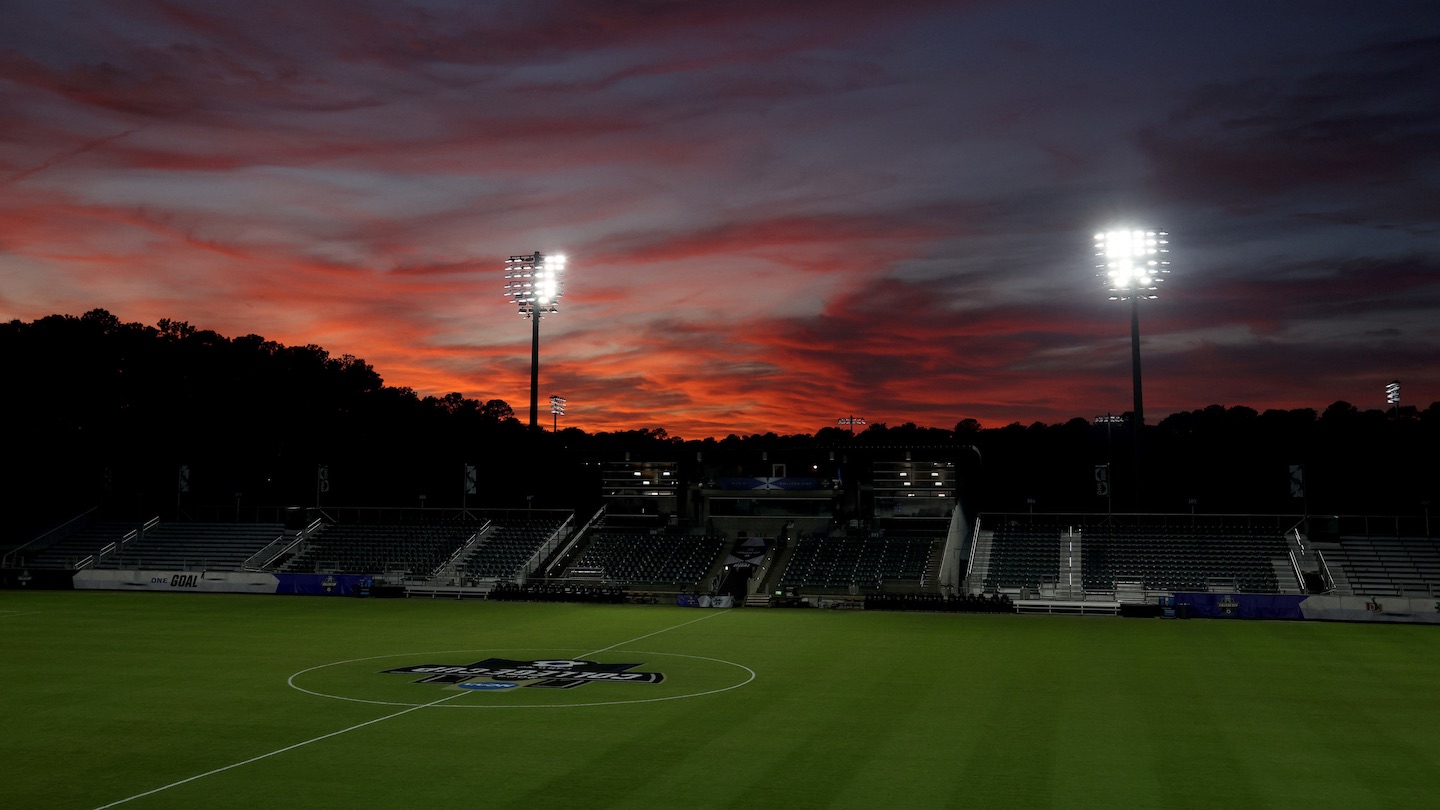Just when the majority of NCAA Division I coaches, athletic directors and school presidents thought they were finally getting some clarity on the details of the House v. NCAA lawsuit and $2.8 billion settlement, Judge Wilken threw everyone on both sides of this lawsuit another curveball.
In April, Judge Wilken suggested the possibility of ‘grandfathering in’ currently rostered players, even if it meant that the roster limit of 28 players at some programs would be larger until the ‘grandfathered players’ graduated. However, on April 7, she gave attorneys on both sides a week to ‘adjust’ some of the language of the settlement. When those briefs were submitted, attorneys on both sides did NOT change, adjust or even mention the suggestion of ‘grandfathering’ players in, which everyone took as a clear sign that the roster size limits would immediately be in place upon final approval from Judge Wilken. This also meant that players who were cut from their rosters or told to enter the spring transfer portal by college coaches, would be the ones most affected by this settlement.
However, in another surprising move, Judge Wilken then recently told counsel on both sides to adjust the verbiage to the settlement to now INCLUDE ‘grandfathering in’ players, or she would NOT give final approval on the settlement. Counsel has until Tuesday, May 6 to submit these changes, and most college coaches, athletic directors and college presidents now feel there might be a very good chance for final approval to be given by Judge Wilken as soon as Tuesday, or one day this week.
However, that still leaves the biggest question and huge potential issue college coaches will now be faced with: How do you ‘put the genie back into the bottle’? If players are allowed to return to the program that they were just cut from and/or told to enter the transfer portal because of the ‘grandfathering’ addition to the settlement, what will that dynamic look like?
Simply put, college coaches I spoke to all seem to have the same concerns: potential team chemistry issues, along with a chain reaction which could lead to continued challenges with future recruiting classes, especially those from the Class of 2025 and Class of 2026 who’ve already signed or verbally committed. Another round of ‘de-commitments’ could be coming in the near future, depending on how the ‘grandfathering in’ rules end up being enforced.
Currently, there’s no clarity on how the ‘grandfathering in’ rules would operate, in terms of who gets final say on the roster spots. It remains to be seen whether current college players will have full say on if they remain on rosters or not, or if coaches will still have the ability to cut players at their discretion. It’s also not clear how much flexibility there will be for college programs to maintain larger roster sizes throughout the ‘grandfathering in’ process.
Most coaches I’ve spoken to would prefer to ‘rip the band aid off’ now, and start fresh with their 2027 recruiting class. Now, it seems that the worst case scenario that college coaches thought they avoided back in April, could very well happen anyway. But with so many twists and turns this case has taken already, who knows what the upcoming week and potential fallout will actually look like.








